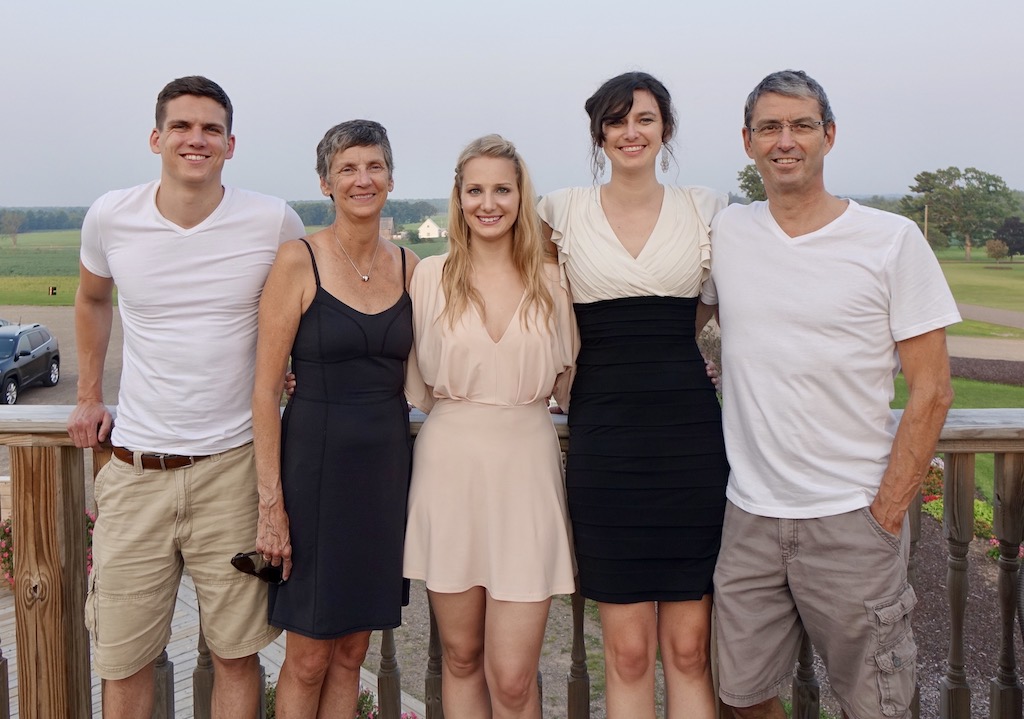 I was excited as a two-year-old to take my first walk in wellies across the beautiful British countryside (I am easily amused.) Wellies, the symbol of British culture, reflect the lasting legacy of the Duke of Wellington and the term carries a sense of tradition, practicality, and British identity.
I was excited as a two-year-old to take my first walk in wellies across the beautiful British countryside (I am easily amused.) Wellies, the symbol of British culture, reflect the lasting legacy of the Duke of Wellington and the term carries a sense of tradition, practicality, and British identity.
Wellies, aka. Wellington boots, date back to the 18th century. Arthur Wellesley, 1st Duke of Wellington, enlisted his shoemaker to modify a military Hessian boot. Originally designed for battle, wellies were later used by farmers and outdoorsmen.
In the early 19th century, they became a staple of practical foot wear for the British aristocracy and middle class and a popular choice for various occasions, including evenings out.
“Everyone in England has a pair of wellies, “Larissa explained. “In the UK, the public has the right away to cross the fields. It’s known as Public Bridle Way.”
When our son, Nic, bought me a pair, I thought they looked so chic that I could wear them as dress boots, which many people do these days. Wellies evolved from being purely functional to becoming fashionable accessories with many brands offering trendy designs, colors and styles.
“Don’t you have wellies in the US?” my British daughter- in-law asked surprised at my exuberance.
“In the Midwest, we swap out tennis shoes directly for winter boots,” I said, “Only thing close to your wellies was the clunky, buckle up galoshes we wrestled on over shoes in grade school.”
 The British waterproof gumboots are usually made from rubber or PVC. Traditionally Wellies come in black, olive green, tan color or print and hit just below knee level.
The British waterproof gumboots are usually made from rubber or PVC. Traditionally Wellies come in black, olive green, tan color or print and hit just below knee level.
Walking in wellies looks simple, but it takes dexterity. Larissa’s family maneuvered the rough terrain far better than me or Gerald. Could advancing in gumboots be skill passed down from one generation to the next?
Fortunately, before we left home, Larissa advised, “Wear heavy socks to prevent blisters.”
“Slip your orthopedics inserts in the boots,” Nic, the chiropractor added. “It may help your back.”
Nothing helped my spine; I winced every step forward. The UK family, even Lari’s sister lugging her ten-month-old child in a baby carrier, glided across the uneven terrain gracefully. I lumbered along behind, as if on two left feet, stumbling every step of the way.
Wellies, designed to protect feet from getting muddy or wet in damp environments, are the quintessential symbol of British footwear. To the non native, they feel awkward and offer little support for someone with like me with crooked toes, poor balance and a bad back.
 Today's wellies, with varied color options and patterns, permit people to add personal style to functional footwear. They can be paired to match every outfit and occasion.
Today's wellies, with varied color options and patterns, permit people to add personal style to functional footwear. They can be paired to match every outfit and occasion.
But no one wears wellies with greater style and aplomb than five-year-olds. Larissa and Nic’s nephew mastered the skill. In his “dinosaur” wellies, with a jagged flap along the spine of boot, he galloped ahead, circled back and jumped in every puddle along the way.
For me, slipping on a pair of “wellies,” sloshing along the sublime English countryside and singing with our UK side of the family made me feel like a kid again.
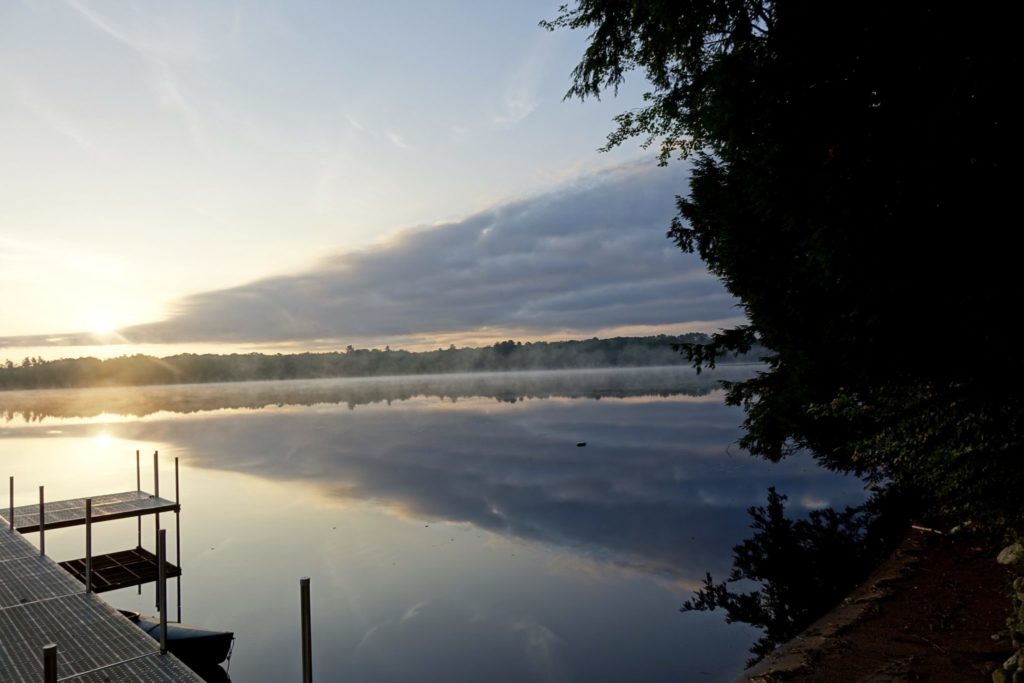

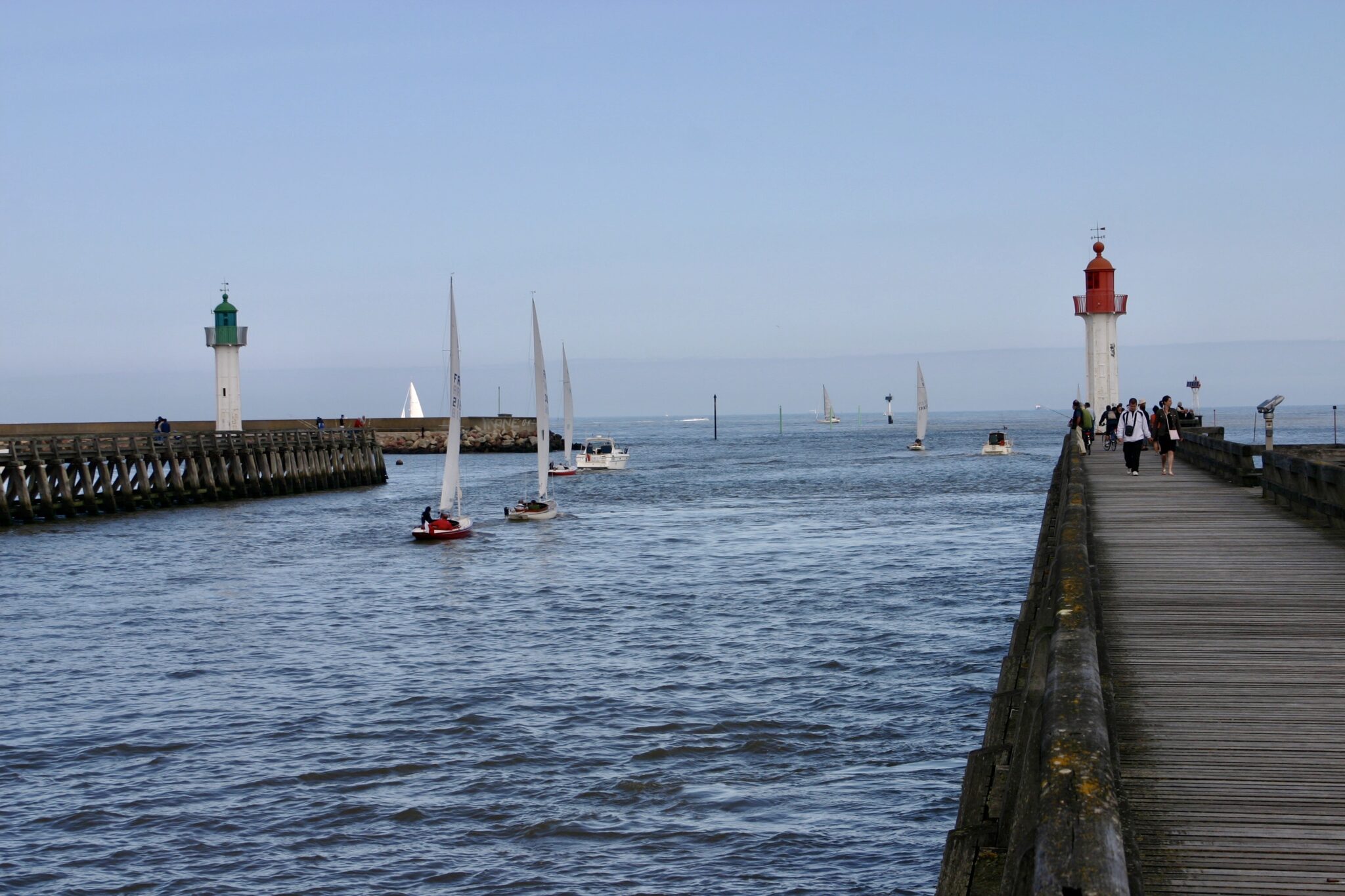
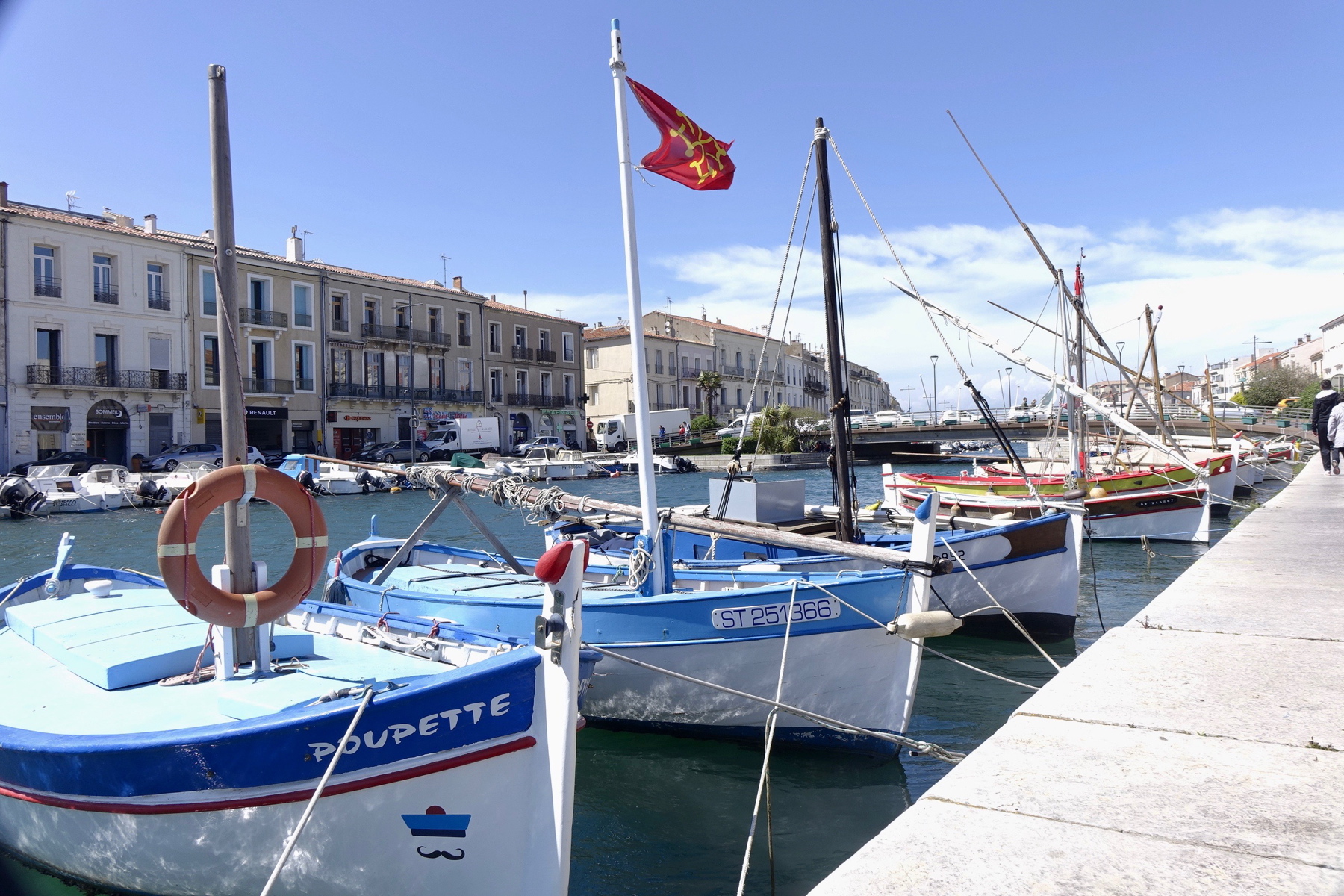



 I don’t have a regular post this week, but I have been working on an issue that weighs heavy on my heart and is important for everyone.
I don’t have a regular post this week, but I have been working on an issue that weighs heavy on my heart and is important for everyone.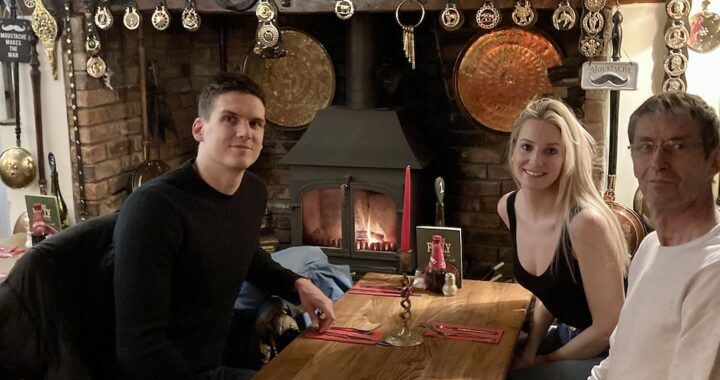
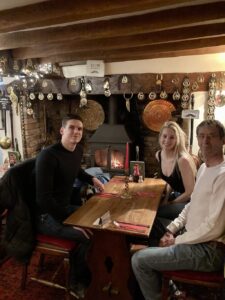 When my son married a beautiful British-Irish-Ukrainian woman, we were given an insiders peek into UK life, which begins and ends at the local pub. Going to the pub for a pint is as much a part of British life as a coca cola and Friday night football is to an American.
When my son married a beautiful British-Irish-Ukrainian woman, we were given an insiders peek into UK life, which begins and ends at the local pub. Going to the pub for a pint is as much a part of British life as a coca cola and Friday night football is to an American.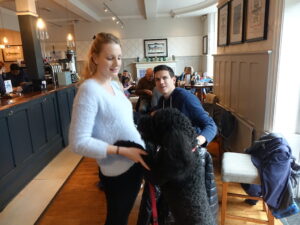
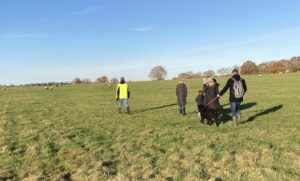 “I don’t see any signs allowing us to hike on their property,” I said.
“I don’t see any signs allowing us to hike on their property,” I said.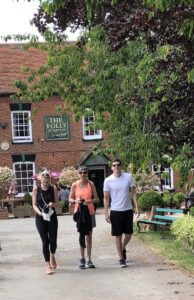 “A phone app indicates where it is okay to go,” said Larissa. “But it’s mostly common sense. You wouldn’t walk through field of donkeys or free range horses. It’s at your own risk if you try to cross a field of buffalo.”
“A phone app indicates where it is okay to go,” said Larissa. “But it’s mostly common sense. You wouldn’t walk through field of donkeys or free range horses. It’s at your own risk if you try to cross a field of buffalo.”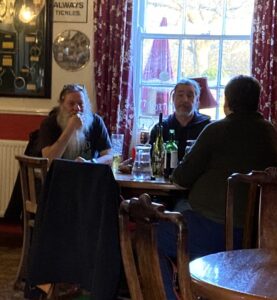 drinks, after our hike, we were so thirsty, we opted for cokes, beer, and the local cider. The little boys sat politely at the table enjoying snacks.
drinks, after our hike, we were so thirsty, we opted for cokes, beer, and the local cider. The little boys sat politely at the table enjoying snacks.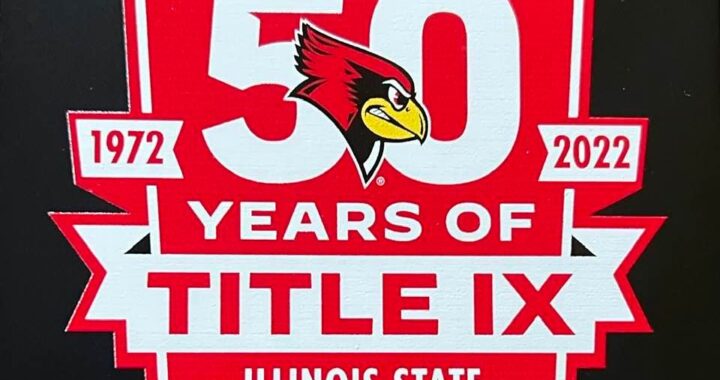
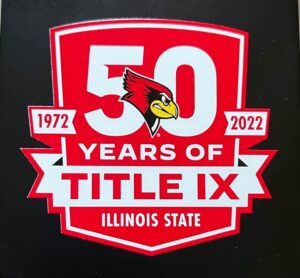 Half a century ago, no one paid any attention when my friends and I played basketball. We got kicked off the court, but shoved our way back in the game, clearing the lane for Caitlin Clark, Angel Reese, Paige Bueckers, Juju Watkins and the contemporary stars of today.
Half a century ago, no one paid any attention when my friends and I played basketball. We got kicked off the court, but shoved our way back in the game, clearing the lane for Caitlin Clark, Angel Reese, Paige Bueckers, Juju Watkins and the contemporary stars of today.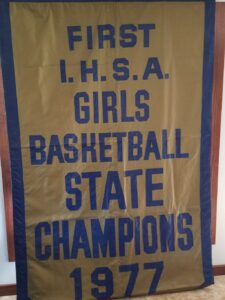 In the sixties, in my own second grade story I wrote about the lockers playing a basketball game against the waste baskets during recess. Back then, I imagined inanimate objects in school had a greater chance of competing in the game than girls. Yet, like my sports loving peers, we shot hoops anyway creating a path so new that no one envisioned its existence.
In the sixties, in my own second grade story I wrote about the lockers playing a basketball game against the waste baskets during recess. Back then, I imagined inanimate objects in school had a greater chance of competing in the game than girls. Yet, like my sports loving peers, we shot hoops anyway creating a path so new that no one envisioned its existence.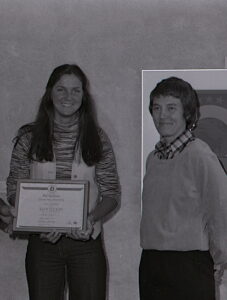
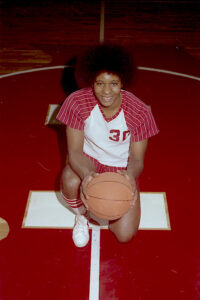
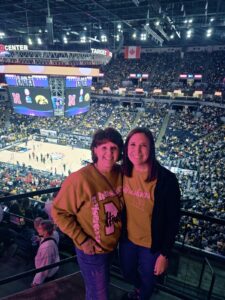

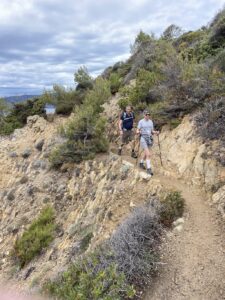
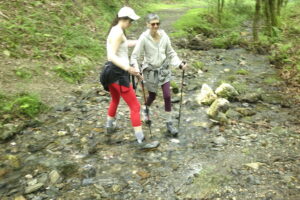
 My father and grandfather, good sportsmen, great coaches, dedicated their lives to helping others find their way and offered me stellar examples of resiliency. They remained athletes at heart, determined to stay as active as their bodies would allow until their final hours.
My father and grandfather, good sportsmen, great coaches, dedicated their lives to helping others find their way and offered me stellar examples of resiliency. They remained athletes at heart, determined to stay as active as their bodies would allow until their final hours.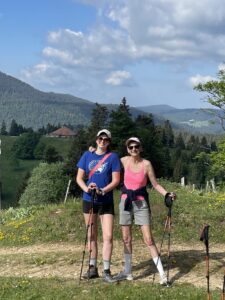

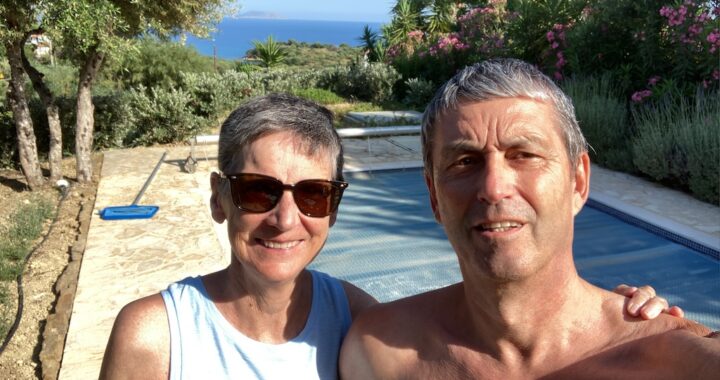
 Forty years ago on New Year’s Eve 1983, I said, “I do,” in a seventeenth century chapel in France, not far from the famous WWII Landing beaches. What are the odds of a small town girl from the cornfields of Illinois meeting a French boy raised by the sea in Normandy?
Forty years ago on New Year’s Eve 1983, I said, “I do,” in a seventeenth century chapel in France, not far from the famous WWII Landing beaches. What are the odds of a small town girl from the cornfields of Illinois meeting a French boy raised by the sea in Normandy?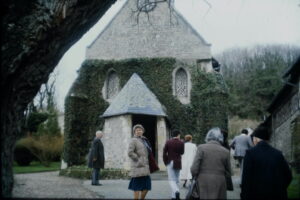
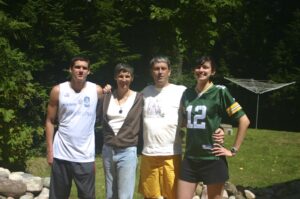 But our rewards were great; none greater than watching a bright, adventuresome daughter and a clever, witty son grow strong on basketball courts across Switzerland and go onto become doctors.
But our rewards were great; none greater than watching a bright, adventuresome daughter and a clever, witty son grow strong on basketball courts across Switzerland and go onto become doctors.